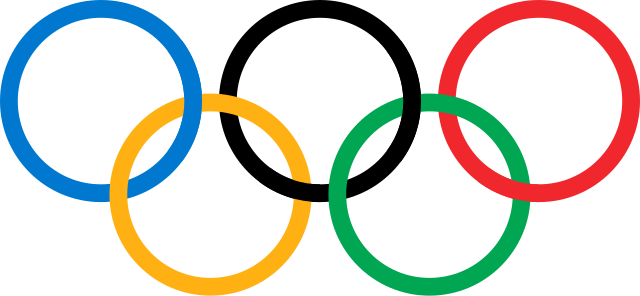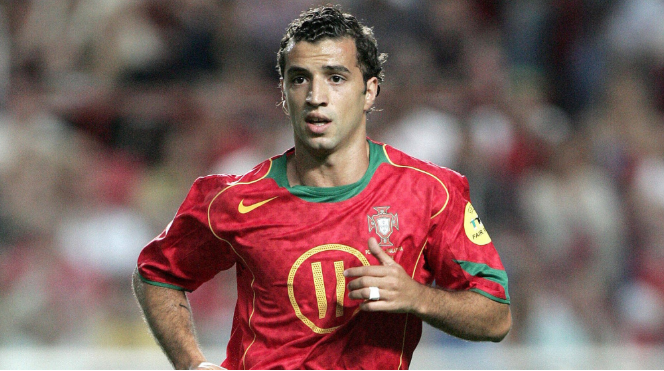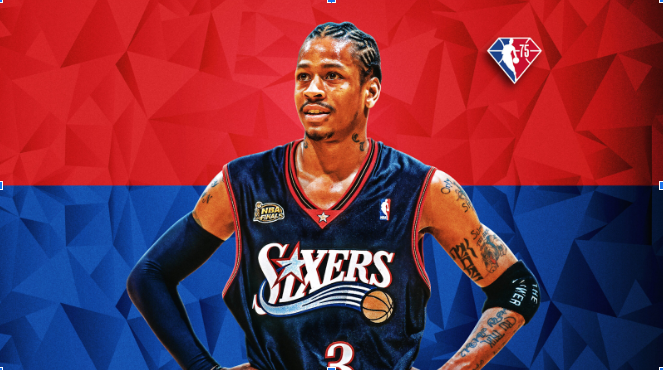Trump, politics on the mind at Art Basel Miami Beach
Politics and art have often gone hand in hand. At the Art Basel Miami Beach fair, the biggest and most anticipated of the year in North America, exhibitors certainly have Donald Trump on their minds.
Several artists showing at the event, which opened Thursday, have taken on the Republican president-elect, his tough stance on immigration and even the white supremacists who support him — backing he has nevertheless disavowed.
“We are in a moment now of great political transformation and social change in America, and a number of works that have been created respond to that,” said the fair’s director Noah Horowitz.
American artist Sam Durant has done two works that take on troubled race relations in the United States.
One is a large red backlit sign with words in black vinyl letters that reads “End White Supremacy.”
The other, also backlit red with black letters, hangs behind a graffiti-covered cement brick wall — a reference to the wall with Mexico that Trump has vowed to raise — and a stretch of sand.
It reads, in all capital letters: “Landscape art is good only when it shows the oppressor hanging from a tree by his motherf**ing neck.”
Rirkrit Tiravanija, an artist from Thailand who lives in New York, is exhibiting a three-panel tryptic featuring newspaper pages with big headlines like “Trump Triumphs.”
Overlaid on top, in bold red letters on one panel are the words: “The tyranny of common sense has reached its final stage.”
Mexican artist Pedro Reyes makes his unease known through a wooden sculpture inspired by the Statue of Liberty, but with tractor-type treads at its base. The title? “Lady Liberty (as a Trojan Horse).”
In total, 269 galleries will display the work of artists from 29 countries through Sunday at Art Basel Miami Beach, the US edition of an event that originated in Switzerland and has grown in popularity over the past 15 years.
The artists whose works are on display range from masters such as Spain’s Pablo Picasso and Joan Miro to lesser-known newcomers.
Fears that crowds might skip this year’s event out of fear of being bitten by a mosquito carrying the Zika virus seem to have subsided.
Zika-carrying mosquitos showed up in Miami Beach in September, but seemed to have been eradicated after aggressive aerial spraying.
“We faced our challenges, we dealt with Zika, but we hope the entire [travel] advisory will go away in a couple of weeks,” Miami Beach Mayor Philip Levine told reporters.
The chairman of the Art Basel Miami Beach host committee, Norman Braman, said he was happy with how the event has evolved since it began in 2002, and said that its growth in popularity has led to Miami’s growing reputation as a destination for art.
“An entirely new area, called Wynwood, evolved,” said Braman, a reference to an area north of Miami. “Now there are 60 art galleries there.”
All of Miami, including Little Haiti, “have benefited from the presence of Art Basel,” Braman said.
Merchants and gallery owners say the annual fair has been an engine of cultural renovation in Miami Beach, which was previously known mainly for its beaches and wild Spring Break parties.
“We are the sun and fun capital,” said Levine. “But it’s better to be the sun, fun and cultural capital of the world.”
Several street fairs are being held to coincide with Art Basel, while local museums put on their best exhibitions in an attempt to get the attention of art collectors and gallery owners flocking to the city.
As was the case last year, 77,000 visitors came to Miami for Art Basel exhibits, organizers said.


